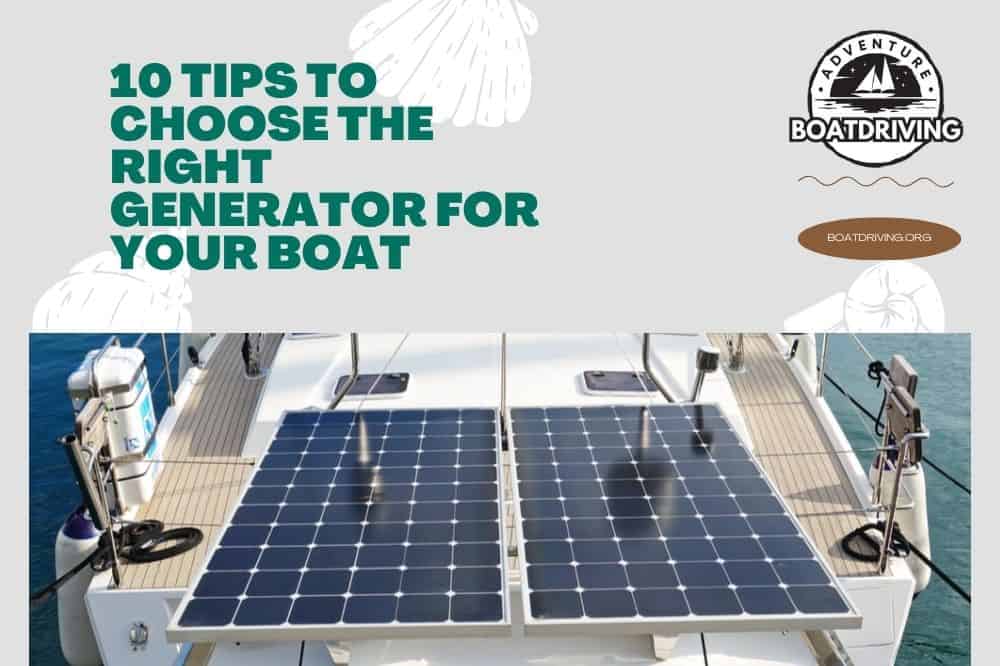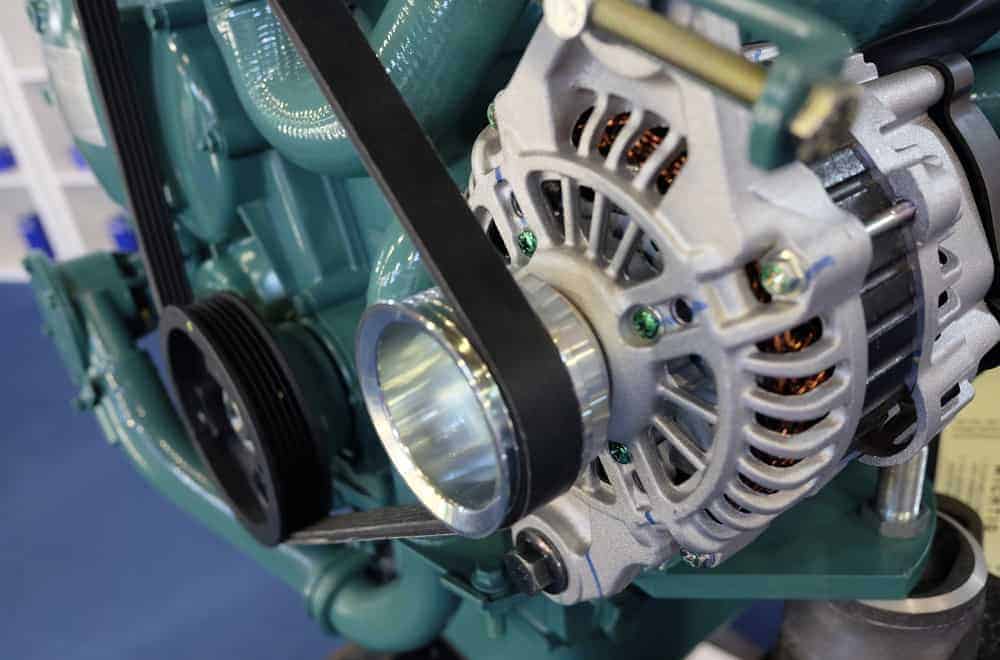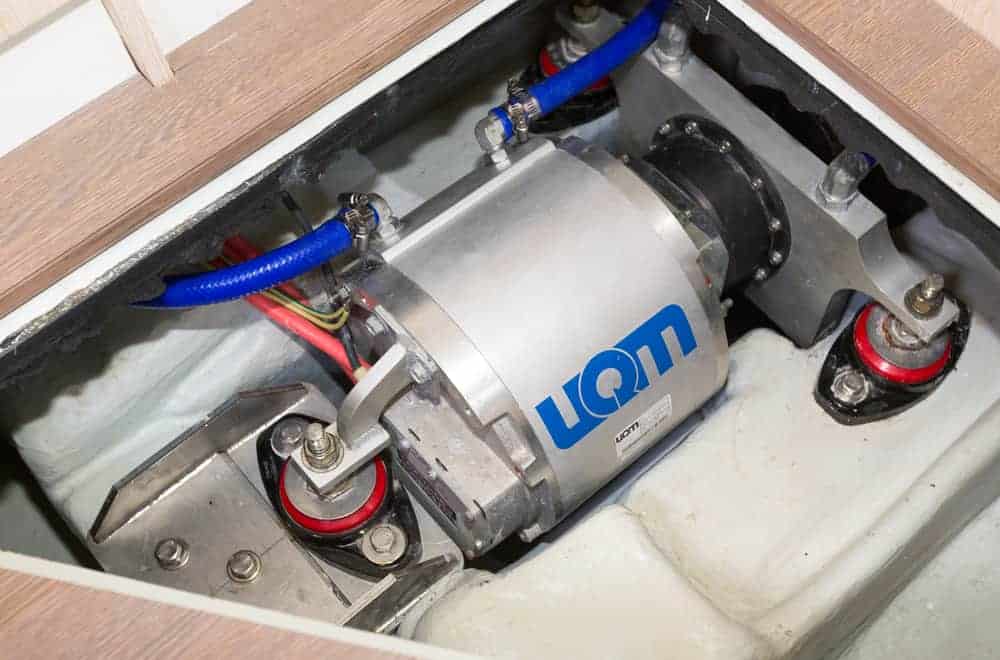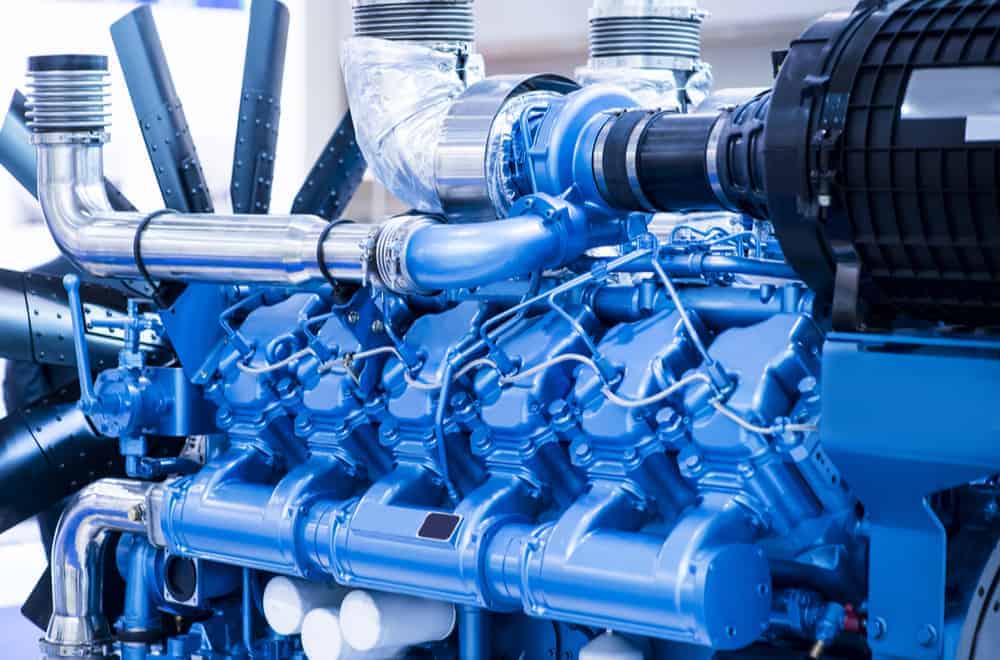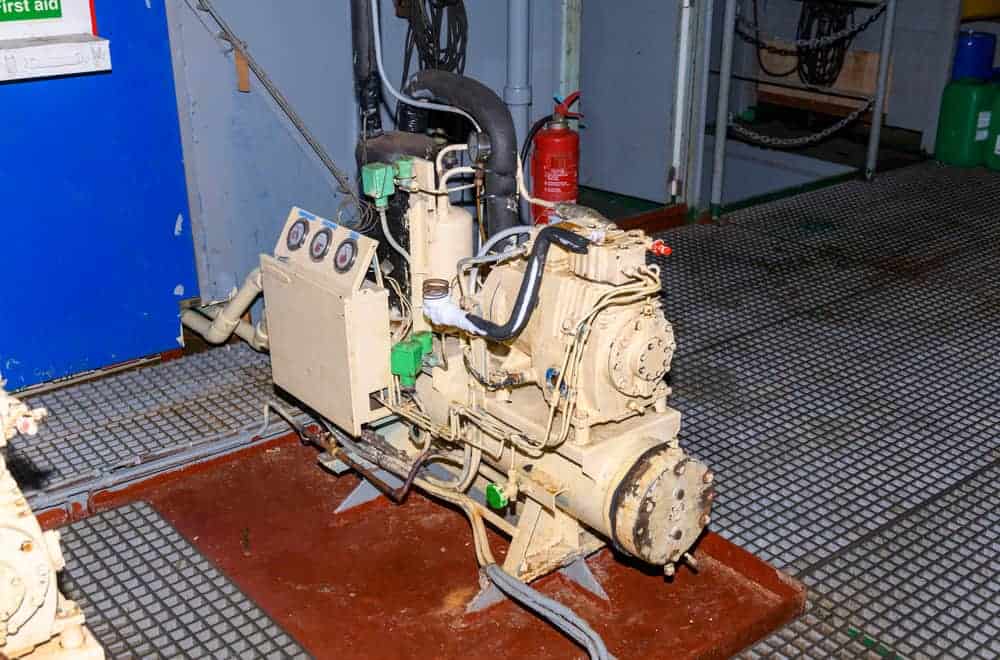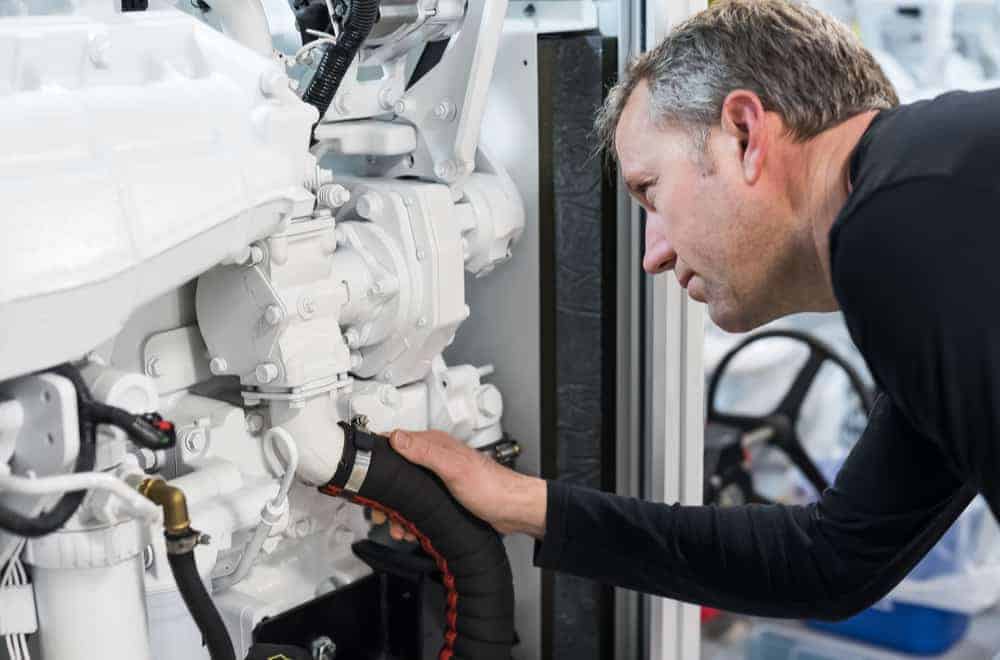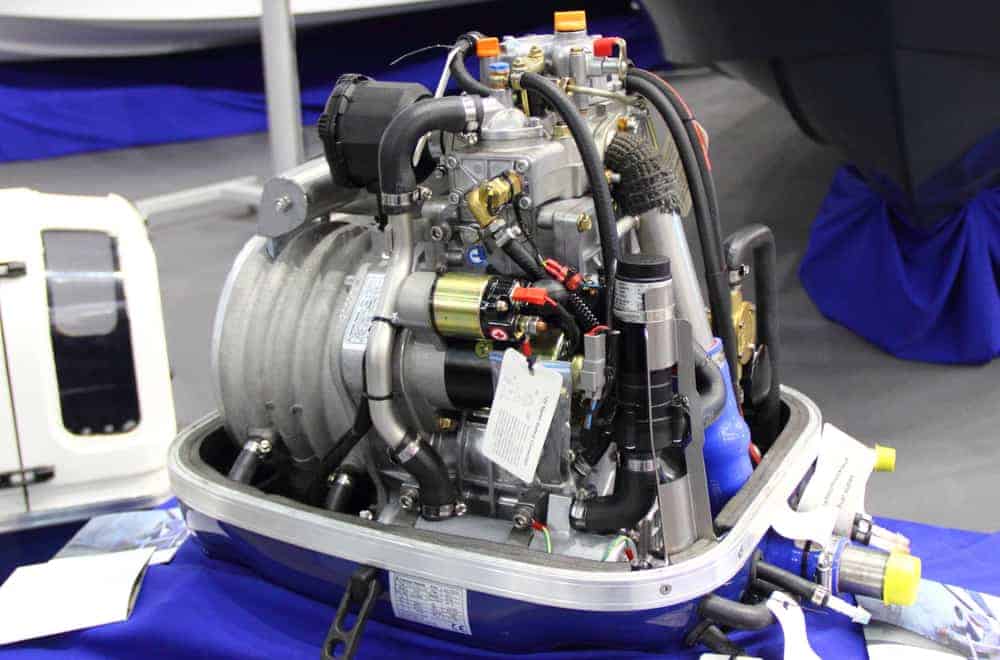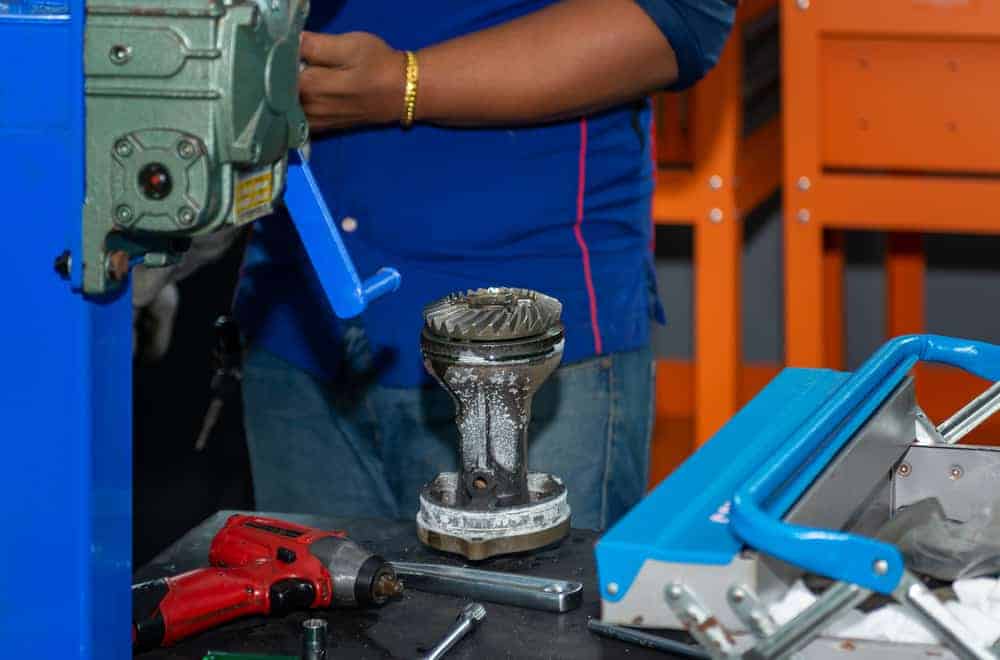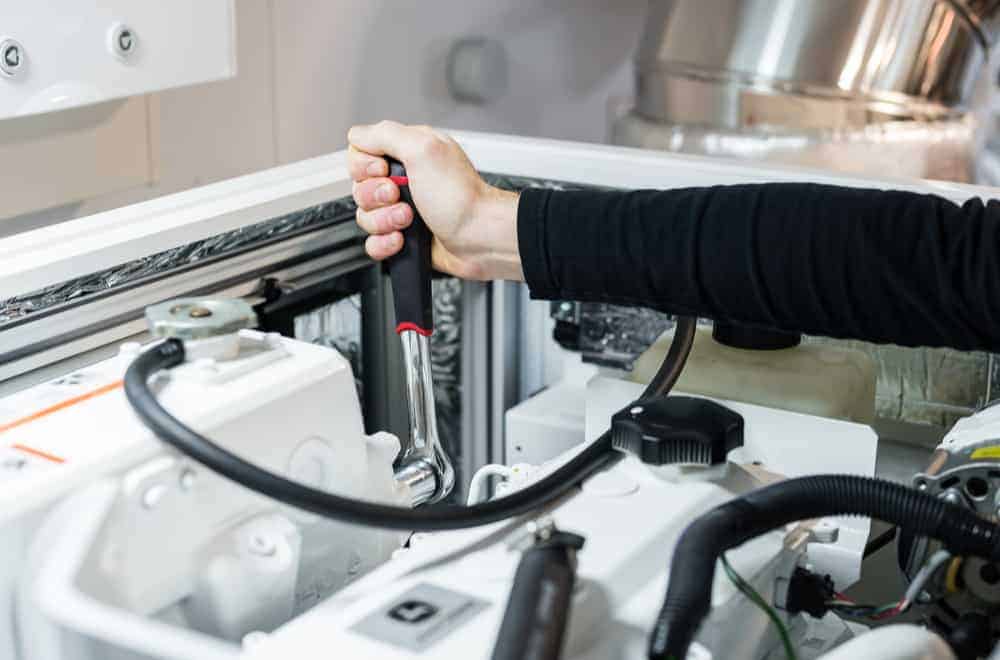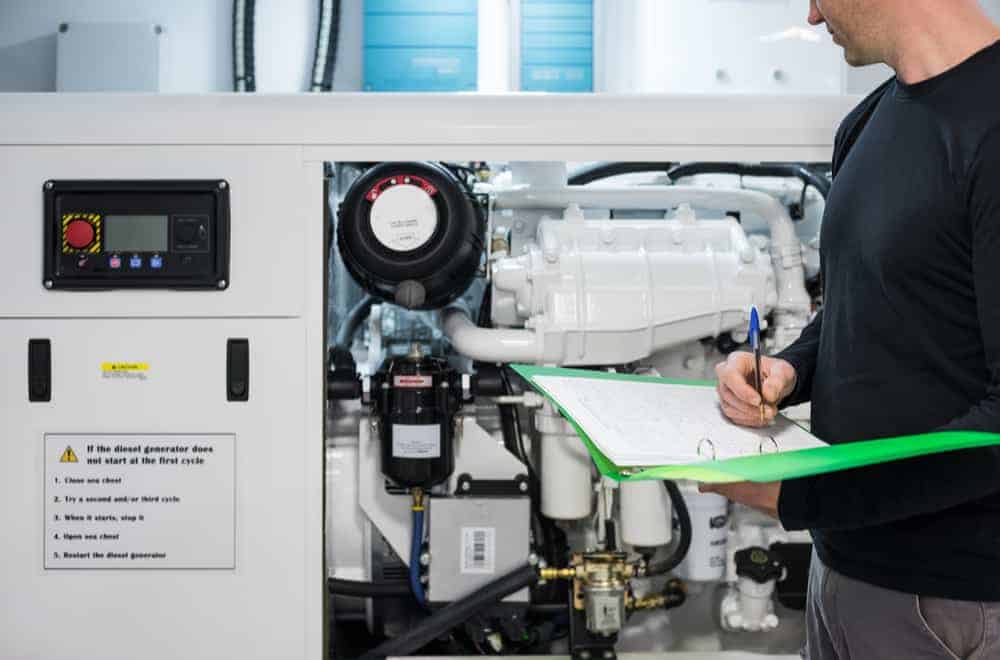Once you’ve bought a boat, a marine generator for your boat might possibly be your next big investment. Consequently, it would be best if you put enough thought and consideration before you make such a big decision.
While it would be best for you to consult with marine generator experts and dealers to find the perfect match for your boat, you definitely need to educate yourself on the basics of a marine generator beforehand. Learn how to choose the right generator for your boat in this post!
How to Choose the Right Generator for Your Boat
1. An Inverter or a Generator for Your Boat?
Do you need a generator for your boat? Or, is an inverter a better option for you? Let’s find out!
While installing a quality genset for your boat can cost you around $15,000 to $20,000. On the other hand, installing an inverter costs you relatively lesser, i.e., a 3 kW inverter costs you around $3000.
Inverters can run appliances demanding small power, for instance, charging a device or watching television. So, if your power demand is low, an inverter can definitely come in handy. But do not rely on an inverter for 120-volt juice.
There are downsides to a genset – added engine, frequent oil changes, and weight and space issues. Nevertheless, a generator, if maintained properly, can definitely provide you with a homely experience on your boat.
2. AC or DC?
Between DC (Direct Current) being marketed by Thomas Edison and AC (Alternating Current) developed by George Westington, AC was announced the winner, and 110 V at 60 Hz was set the standard at the time.
AC uses high voltage to transmit the electricity over long distances, thus, making it the primary current for distribution. Today, many of our appliances run on AC. Those appliances that run on DC have their own internal transformer to convert AC to DC.
However, if your sole purpose of buying a marine generator is to charge batteries and not distribute to many appliances, owning a small and portable DC generator would make more sense.
Remember that high-quality marine DC generators are not as common as AC in the market and those available are relatively noisy.
3. How Much Power Do You Need?
In order to determine how many kilowatts you need, many suggest adding the power rating mentioned on the label of AC appliances that you have onboard and dividing the sum by 1000 to convert watts into kilowatts.
While this approach sounds reasonable theoretically, in practicality, one needs to make sure that your genset provides around twice the power output.
This is because you definitely wouldn’t want to load your generator 24/7 fully, would you? Overexhausting your marine generator might result in overheating and other issues, thus decreasing its lifespan.
Sometimes, AC can draw more power than mentioned in the label. Therefore, sailors should be mindful not to use more than 80 percent of their genset’s power output.
According to Power & Motoryacht, 120 volts times your shore power inlet amp rating is the maximum power you get when the generator is plugged in. For instance, 30 amp shore current times 12 volt result in 3600 watts.
Now, calculate the generator power you need to invest in by considering what percentage of the maximum load you are planning to demand from your genset.
For instance, if you wish to use no more than 50 percent of the load, divide 3.6 kW by 0.5. The answer is 7.2 kW; therefore, it would be best for you to install an 8 kW marine generator. Marine generators have power outputs ranging from 5 kW to 200 kW.
4. Fuel: Diesel or Petrol?
Diesel-powered generators have a long lifespan and are efficient despite minimal maintenance needs. On the downside, these can be quite expensive and noisy. Moreover, diesel generators are also associated with environmental concerns.
In contrast, gasoline generators are readily available, cost-effective, and environmentally friendly. Petrol generators also operate quietly. Furthermore, gasoline can be explosive and, therefore, requires the generator to be spark-free.
Nevertheless, despite all these pros and cons, the generator you invest in must match your boat engine’s primary fuel.
5. Generator Size
If you invest in a generator size too small that operates at more than 75 percent of its total load capacity; the overload might result in several issues.
On the other hand, if the generator size is too big, i.e., one that operates on less than 25 percent of its output power, that is too much energy wastage. Therefore, choosing a generator with the appropriate size and power is imperative overall.
Generators with power output ranging from 5-8 kW are the best marine generators for small boats with lengths under 20 ft. These small generators are decent for charging your electronics and boat battery. This power output also supports a mini-fridge, small appliances for cooking, and sound systems.
If your vessel length ranges between 30-39 ft, 10-25 kW marine generators will be the best option for you. Refrigerators, television, air 1conditioning are some of the electrical appliances that these marine generate can operate without any hassle.
Finally, for large vessels, one will definitely require a marine generator with an output power of more than 30 kW. You can operate many home appliances, including electric stoves, ovens, refrigerators, ovens, all at once.
6. Engine:
Straight engine generators, i.e., that feature the arrangement of cylinders in one single line can be easily installed and maintained.
While three and six-cylinder engines run balanced and smooth by default, two and four-cylinder engines vibrate. On many four-cylinder engines, the counter-rotating shafts balance the vibration produced.
Moreover, unline automotive engine that is unable to pick supplementary loads when producing maximum torque at higher speeds, generator base engines designed for industrial applications provide low-end torque and tolerate extra loads despite running at full power.
Moreover, in the case of high-temperature water, loss of coolant flow, or low oil pressure, look for generators that have safety shutdowns. Also, rather than dry manifolds, choose a design that features cast-iron liquid-cooled manifolds to preclude fire hazards.
7. Cooling
Marine generator engines are designed to be liquid-cooled and feature either of these three cooling systems: direct seawater, keel-cooled, and heat exchanger.
Direct seawater configuration circulates raw seawater through the engine, making them prone to corrosion and contamination. Therefore, though cost-effective, this cooling system is the least favored among the three configurations.
Heat exchanging configuration is the most common cooling system in boat generators. They feature two cooling water circuits: seawater cooling circuit and jacket water or freshwater circuit.
The centrifugal pump on the seawater cooling circuit pumps seawater through the heat exchanger, and the exit occurs through an exhaust elbow.
Likewise, the circulation pump in the jacket water circuit pumps the coolant mixture through the heat exchanger, which is then pumped through the exhaust manifold.
Keel cooled engines feature only a freshwater circuit where the circulation pump moves the coolant through the cooling grid. Finally, remember that your generator engine cooling system must match the liquid cooling system of your main engine.
8. Genset RPM
The fixed voltage and frequency with which electronics are mandated to work in the United States and Canada is 120 V and 60 Hz AC. For this, the Revolution Per Minute (RPM) of the engine must be either 1200, 1800, or 3600 RPM.
Generators with 1800 RPM engines are the most common, and rightfully so. These models are cost-effective, quiet, and fuel-efficient. The downside of 1200 RPM models is that they are big and heavy.
Finally, 3600 RPM models are definitely economical and powerful, even in smaller and portable marine generator sizes. However, they often produce noise and come with a shorter lifespan. If you own a 3600 RPM generator model, consider adding sound enclosures with removable panels to decrease the noise.
9. Single-Phase Power or Three Phase Power?
Three-phase powered motors that require one additional wire than single-phase ones are typically cost-effective and are considered a better option for marine generators as they can transmit thrice the power a single-phase motors can.
However, small and portable marine generators with 20 kW or lesser power output often feature single-phase motors.
10. Compatible In Terms of Installation and Access
Look for an engine with service points, such as filters, oil and water fills, and dipstick, gathered on the same side for easy accessibility in case of maintenance. This is also a great strategy to save up space onboard by installing the other side of the generator against the bulkhead.
Also, make sure that the generator you’re vying for is compatible with your boat. You’ll need to install water intake for cooling purposes, pipes for exiting cooling water, and strainers.
Summary
Best marine generators are those that provide a steady flow of electricity to electrical appliances on your boats and also match your selection criteria.
These days, many favor an extra portable marine generator to charge and run appliances with low wattage, given how easy these are to work with.
We hope this post provided you with enough insights and helped you decide what type of genset would be best for your boat. If you have any more queries, feel free to leave a comment down below!
